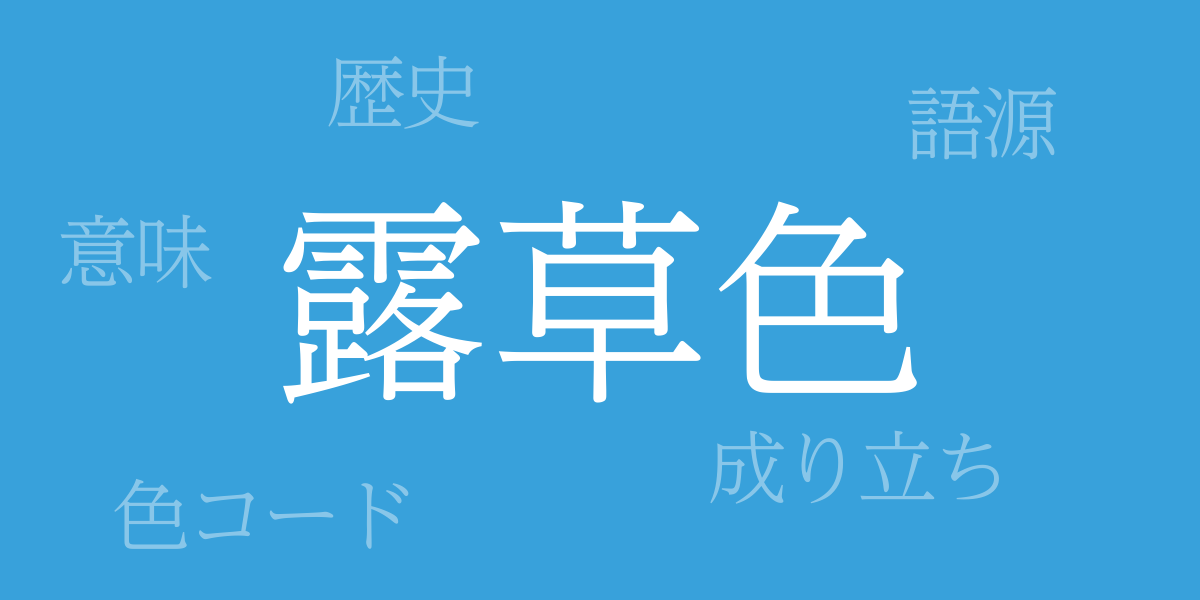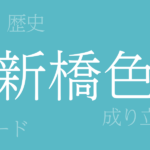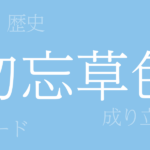From the gentle hue of the sky to the light reflected on a cool water surface, the various colors of nature captivate our hearts. Among them, the traditional Japanese color “Tsuyukusa-iro (つゆくさいろ)” exudes a unique charm, enchanting many. This article delves into the profound allure of Tsuyukusa-iro, exploring its historical and cultural significance, as well as its applications in the world of design and art.
About Tsuyukusa-iro (つゆくさいろ)
Tsuyukusa-iro (つゆくさいろ) is a refreshing green with a hint of blue, named after the dewy grass that blooms on summer mornings. Symbolizing Japan’s natural beauty, this color has been cherished in various fields such as clothing, art, and architecture. With a watercolor-like transparency and gentleness, this color is said to have a calming effect on viewers.
History of Tsuyukusa-iro
Tsuyukusa-iro has been in use since the Heian period and is even mentioned in classical literature. It was particularly favored as a kimono color, used to express the changing seasons. Over time, with advancements in dyeing techniques and materials, Tsuyukusa-iro evolved to encompass more vibrant and diverse shades.
Color Codes for Tsuyukusa-iro
For digital design and web development, color codes are necessary to reproduce Tsuyukusa-iro accurately. Below are the color codes:
- HEX: #38A1DB
- RGB: R:56 G:161 B:219
- CMYK: C:71 M:26 Y:7 K:0
Western Name for Tsuyukusa-iro
In the Western context, Tsuyukusa-iro is sometimes referred to as “Turquoise green.” While evoking the blue-green hue of turquoise, this name reflects a different cultural background from Japan’s Tsuyukusa-iro, yet it underscores its universal appeal.
Summary of Tsuyukusa-iro
Tsuyukusa-iro, a traditional Japanese color, continues to be cherished for its history, beauty, and nature-inspired hue, captivating many to this day. In the contemporary world of design and art, its expression in digital spaces is facilitated by its color code. Tsuyukusa-iro serves as a splendid example of the fusion between Japan’s tradition and modern technology.

























